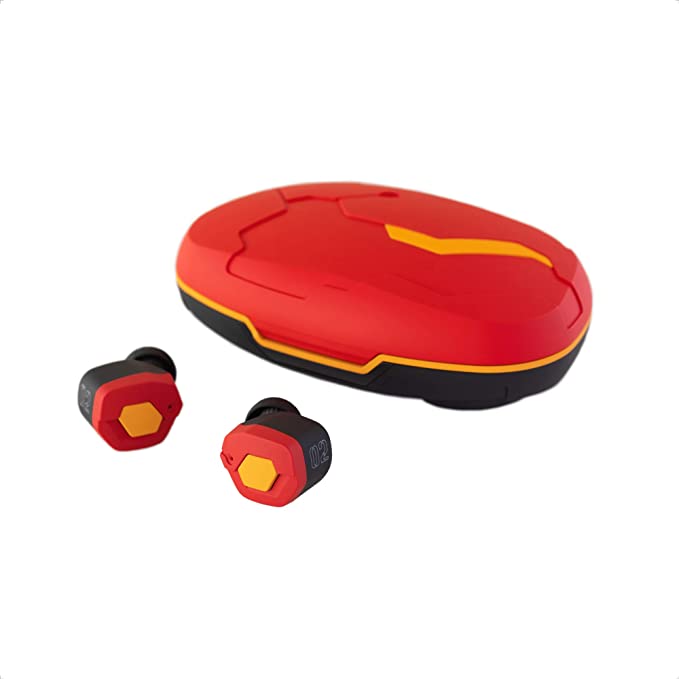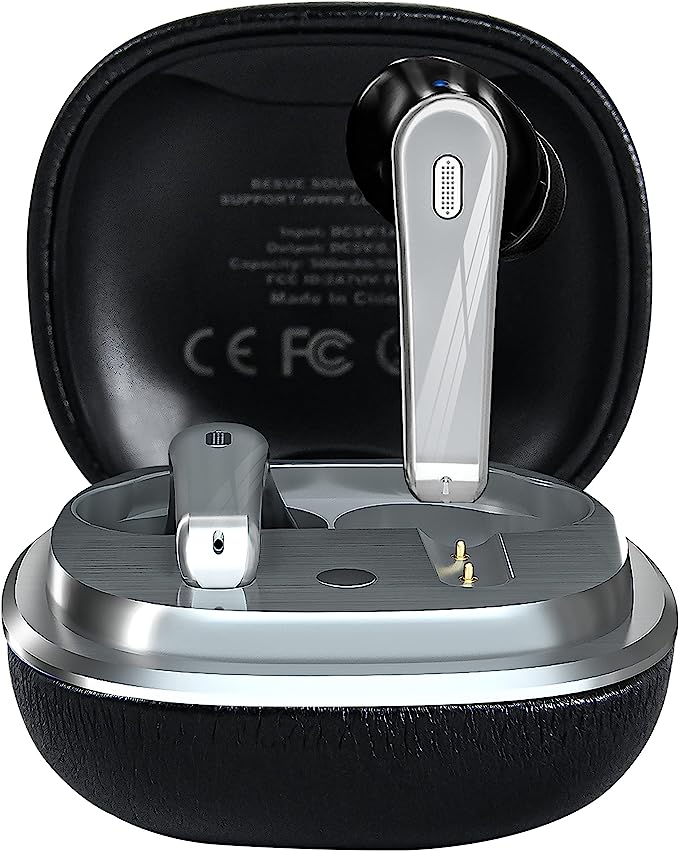PMC Supplies FUR-0187 Burnout Oven: The Science of Flawless Casting & Burnout
Update on Sept. 28, 2025, 8:32 a.m.
It’s not magic that transforms a delicate 3D print into solid silver. It’s a brutal, elegant dance of chemistry and physics. Here’s how it works.
Imagine holding it in your palm: a lattice of impossible detail, a sculpture of exquisite complexity, born from liquid resin and ultraviolet light. It’s a perfect physical manifestation of a digital dream. But it’s also fragile, a fleeting whisper of plastic. The goal is to give it permanence, to translate its form into the cool, enduring weight of metal. To do that, the original must perform the ultimate sacrifice. It must vanish.
Not just melt, not just burn, but disappear so completely that it leaves behind nothing but a perfect, hollow ghost of itself entombed in a ceramic shell. Any trace—a microscopic flake of ash, a whisper of carbon—and the final metal casting will be a pockmarked, flawed failure. This is the central, terrifying puzzle of investment casting. How do you make something disappear so perfectly?
The answer lies inside the controlled inferno of a burnout oven, where a two-act play of molecular destruction and chemical purification unfolds.

Act I: The Molecular Deconstruction
Our journey begins as the temperature inside the kiln starts its methodical climb. The first mistake is to think of this as simple melting. What’s happening to a modern photopolymer resin is far more violent and profound. This is thermal decomposition, a process of systematic, molecular-level dismantling.
Heat is pure energy. As it soaks into the resin, it vibrates the long, tangled chains of polymer molecules with increasing fury. It’s not a gentle loosening, but a seismic event that provides the “activation energy” needed to snap the chemical bonds holding those chains together. Think of it less like melting butter and more like disassembling a complex LEGO model by shaking it until it shatters back into its individual bricks.
These fractured pieces become a chaotic soup of simpler molecules and volatile gases. But the process is never perfectly clean. Invariably, it leaves behind the primary villain of our story: a stubborn, black residue of elemental carbon. This is the “ash,” the ghost of the original pattern that refuses to leave the stage. If left unchecked, this carbon will embed itself in the final casting, a permanent scar of an incomplete vanishing act.

Act II: The Chemical Erasure
With the pattern deconstructed into a carbon skeleton, the second and most elegant act begins: oxidation. This is the true moment of disappearance, and it is a masterpiece of applied chemistry.
For the carbon residue to be eliminated, it must be convinced to leave the solid world and become a gas. The agent of this persuasion is oxygen. At sufficiently high temperatures—often soaring above 1300°F (700°C)—the carbon atoms (C) left clinging to the mold walls eagerly react with the oxygen (O₂) in the air. The result is carbon dioxide (CO₂), an invisible, colorless gas. The solid has been chemically converted into vapor and is simply carried away.
This is why the ventilation of a burnout oven is arguably its most critical feature. It’s not just for safely removing fumes; it’s an active part of the chemical reactor. The entire process hinges on a constant, fresh supply of oxygen to fuel this reaction. It’s a beautiful example of engineering elegance; the simple, top-mounted vent hole found on even compact tabletop kilns, like the popular PMC Supplies FUR-0187, isn’t a minor detail. It’s a passive engine, using the fundamental principle of natural convection—the fact that hot air rises—to draw cool, oxygen-rich air into the chamber, continuously feeding the chemical fire that purifies the mold. Without that gentle, constant airflow, the reaction would suffocate, leaving the carbon ghost to haunt your final product.
The Antagonist: When Physics Fights Back
While chemistry works to erase the pattern, physics can emerge as a powerful antagonist. The silent killer of molds is a phenomenon called thermal shock, and it is born from a brutal, microscopic tug-of-war.
Everything expands when heated, but not at the same rate. A material’s tendency to grow is measured by its coefficient of thermal expansion. The problem is, the 3D printed resin pattern has a very high coefficient—it wants to expand a lot. The ceramic investment shell, however, has a very low one; it’s designed to be stable.
When you heat the mold too quickly, you force these two materials into direct conflict. The resin swells dramatically, pushing outward against the unyielding ceramic walls. The investment plaster, strong under compression but brittle under tension, can’t handle the strain. An audible ping from inside the kiln is the sound of your mold surrendering, developing micro-cracks or even suffering a catastrophic failure.
This is why a slow, patient, multi-stage ramp-up of temperature isn’t a friendly suggestion; it’s a non-negotiable law of physics. It allows the pattern to slowly melt, drain, and decompose, relieving the internal pressure before it builds to destructive levels. This is where the oven’s control system becomes paramount. A reliable digital controller connected to a thermocouple is the kiln’s brain and nervous system. It’s tasked with executing the precise, gentle temperature climb required to placate the laws of physics, ensuring the chemical processes have the time and stability they need to proceed without tearing the stage apart.
The Director’s Chair: Mastering the Variables
Ultimately, a successful burnout is a performance you direct. The three levers you control are Temperature, Time, and Atmosphere. The burnout schedule—that carefully plotted graph of temperature over many hours—is your script. It’s a performance tailored specifically to your actors: a tough, modern resin requires a long, hot, oxygen-rich schedule, while a simple carving wax needs a much gentler and shorter program.
Once you understand the science, you can begin to diagnose problems like a true master. Is your final casting covered in tiny pits? That’s porosity, likely caused by gas from a burnout that was too rapid, trapping bubbles in the mold. Are fine details soft or missing? The culprit is almost certainly carbon residue, the ghost that was never fully exorcised by oxidation. Did the mold crack and leak? You have a victim of thermal shock.
The science provides the diagnostic toolkit.

Beyond the Inferno
The transformation of an ephemeral pattern into an enduring metal artifact is not alchemy. It is a rigorous, controlled process of applied science masquerading as a craft. It’s a journey that demands the complete molecular deconstruction of the original, a thorough chemical erasure of its remnants, all while carefully navigating the brutal forces of physics.
By understanding the why behind each step—why you must heat slowly, why the kiln needs to breathe, and why different materials demand different treatments—you elevate yourself from a mere user of tools into a director of the entire process. You are no longer crossing your fingers and hoping for a good result. You are commanding a predictable, repeatable, and utterly fascinating scientific phenomenon. The true magic, in the end, isn’t about turning plastic into silver. It’s about harnessing the fundamental laws of the universe to create something beautiful.












